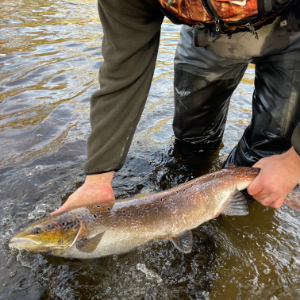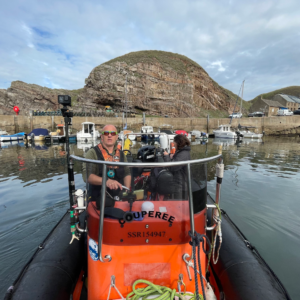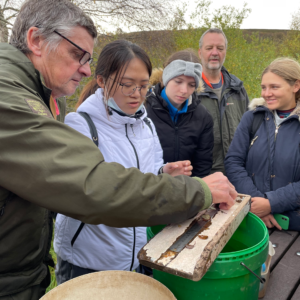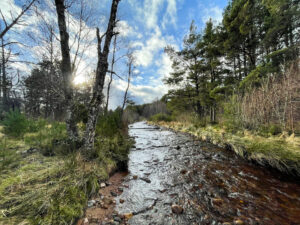Spey Habitat Enhancement
The River Spey Partnership works tirelessly to improve the habitat for our iconic Atlantic salmon and sea trout. Salmon are now considered to be in crisis, and we implement a wide range of River Restoration and Habitat Enhancement projects to transform the fortunes of our fish for the better and provide them with opportunities to thrive, rather than just survive. This has become even more important as we work to make the River Spey sustainable and more resilient to the huge challenges of the climate and biodiversity crises we all now face.
Years ago, agricultural practices aimed to drain the water from the land as quickly as possible and some burns were artificially straightened to achieve this. Tree numbers were also reduced, as sheep and deer numbers increased. This has led to poorer habitat for our salmon, with reduced spawning grounds and fewer returning adult salmon as a result. The River Spey Partnership’s work aims to help reverse this process and restore our rivers to their former glory.
River Spey projects
Within the River Spey Partnership, the Spey Catchment Initiative has enjoyed considerable success delivering a range of multi-benefit projects, which in turn have enabled the Spey Fishery Board to secure significant fishery habitat enhancements. These have included river restoration and bankside improvement works, in-river habitat enhancements and obstacle removal, as well as riverside amenity works to improve access and enjoyment of the River Spey for local communities.
Some of our River Restoration Projects have involved fencing river margins to prevent livestock from trampling or ‘poaching’ the river bank. This is then followed by the riparian planting of native trees and shrubs such as willow, alder and aspen, to stabilise the riverbanks, enhance fish habitat and provide shading to help reduce water temperatures.
Other river restoration projects involve the introduction of large wood structures – whole or large parts of felled trees with root balls attached – into the river, to encourage a re-meandering of the river and a more natural flow, which in turn restores and enhances spawning habitats in the river to help bolster salmon breeding success. Alongside woodland expansion, these large wood structures also help mitigate flood risk, by slowing the flow and encouraging the river to spread out over a larger area at higher flows. We refer to this as Natural Flood Management.
Other river restoration projects involve the introduction of large wood structures – whole or large parts of felled trees with root balls attached – into the river, to encourage a re-meandering of the river and a more natural flow, which in turn restores and enhances spawning habitats in the river to help bolster salmon breeding success. These Large Wood Structures also help mitigate flood risk, by slowing the flow and encouraging the river to spread out over a larger area at higher flows. We refer to this as Natural Flood Management.
View a selection of our recent projects below.
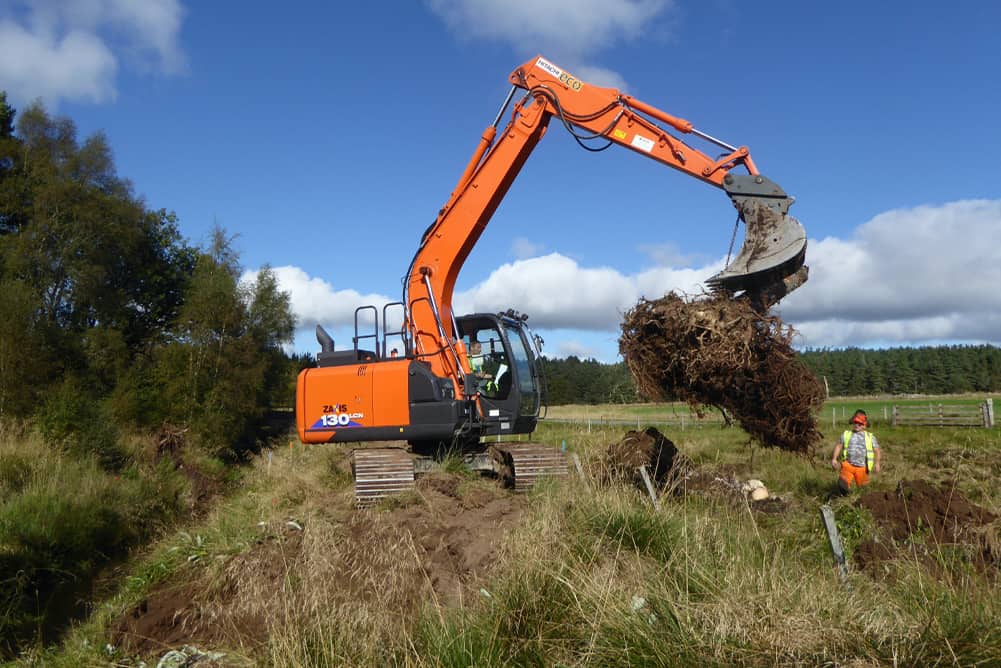
Delliefure Burn Floodplain Restoration
Reconnecting a burn with its floodplain.
River Calder Restoration
Re-wooding the River Calder and adding woody structures on the river bed to improve habitat.
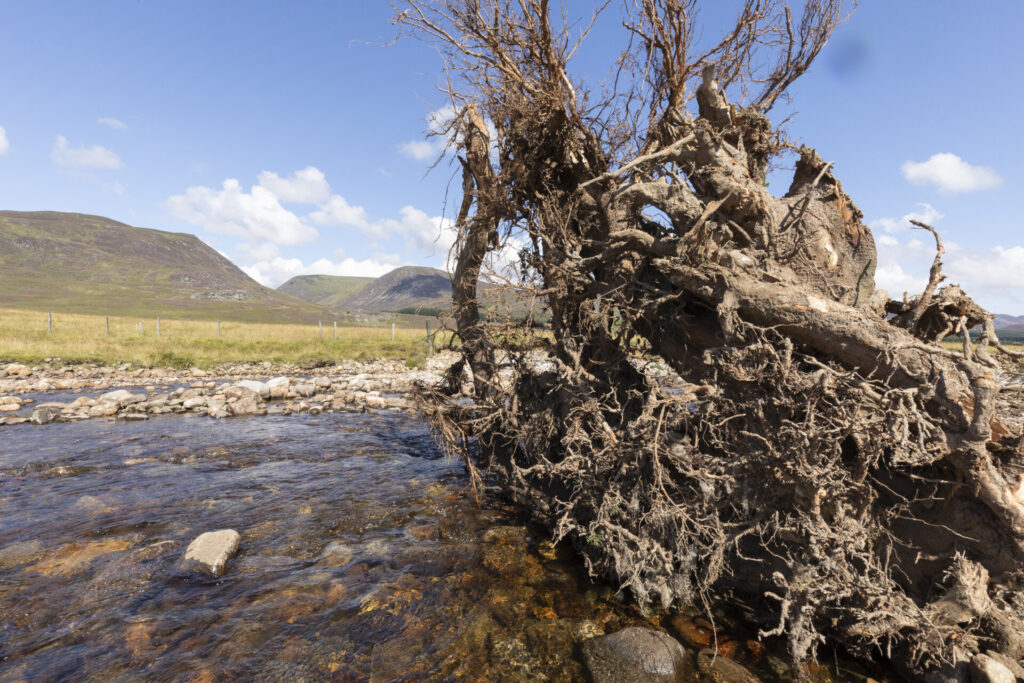
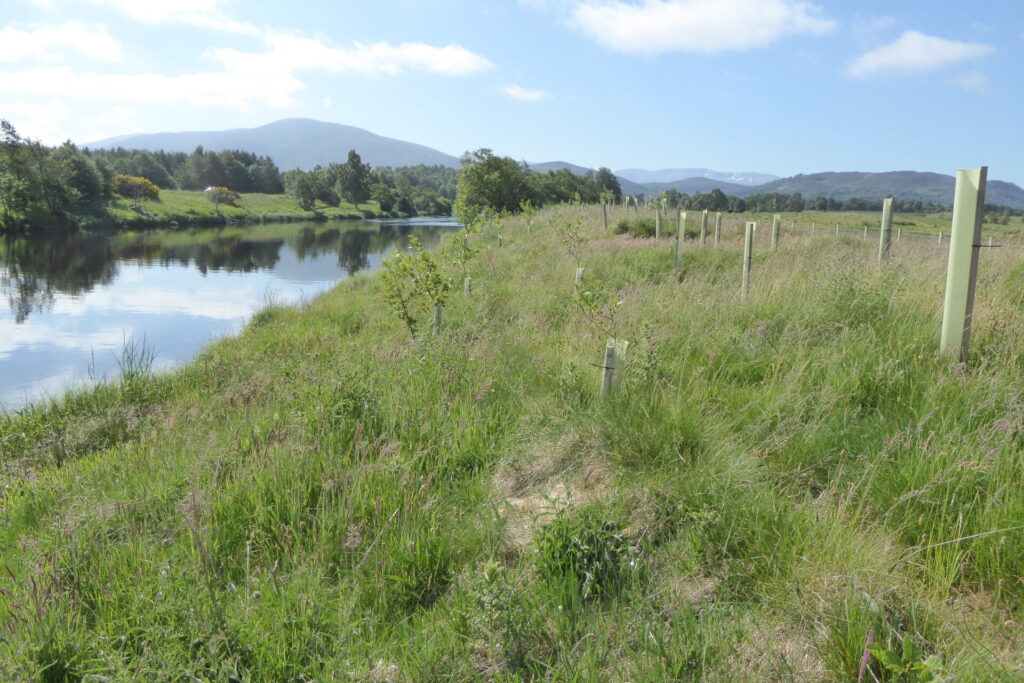
Kinchurdy Farm Riparian Woodland Creation
Stablising river banks and improving riparian habitat through woodland creation/enhancement.
River Avon catchment fish barrier easement
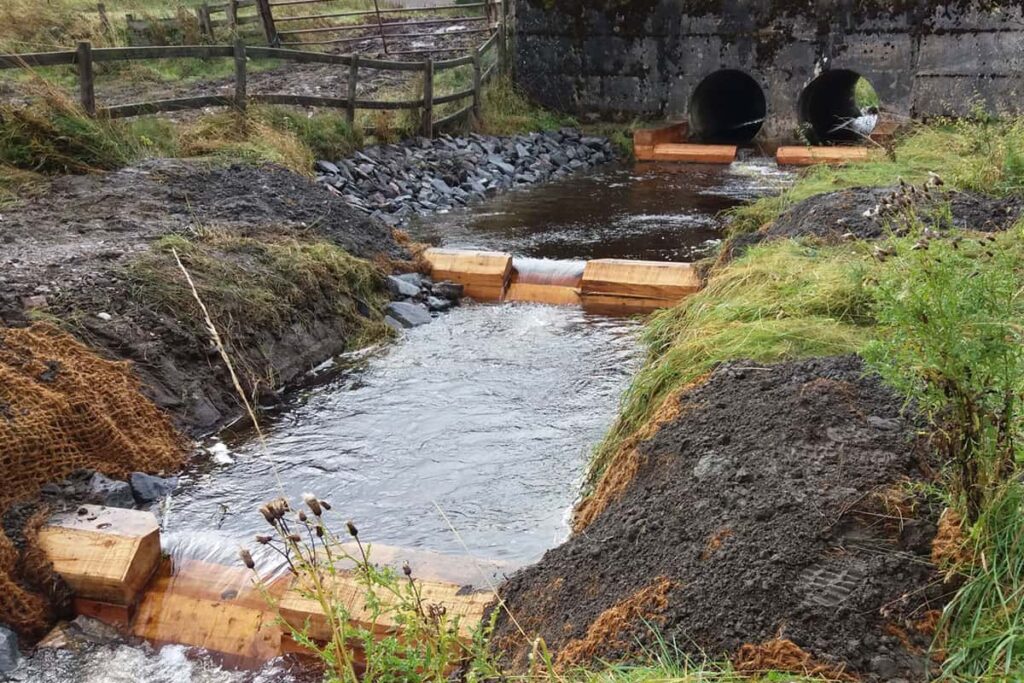
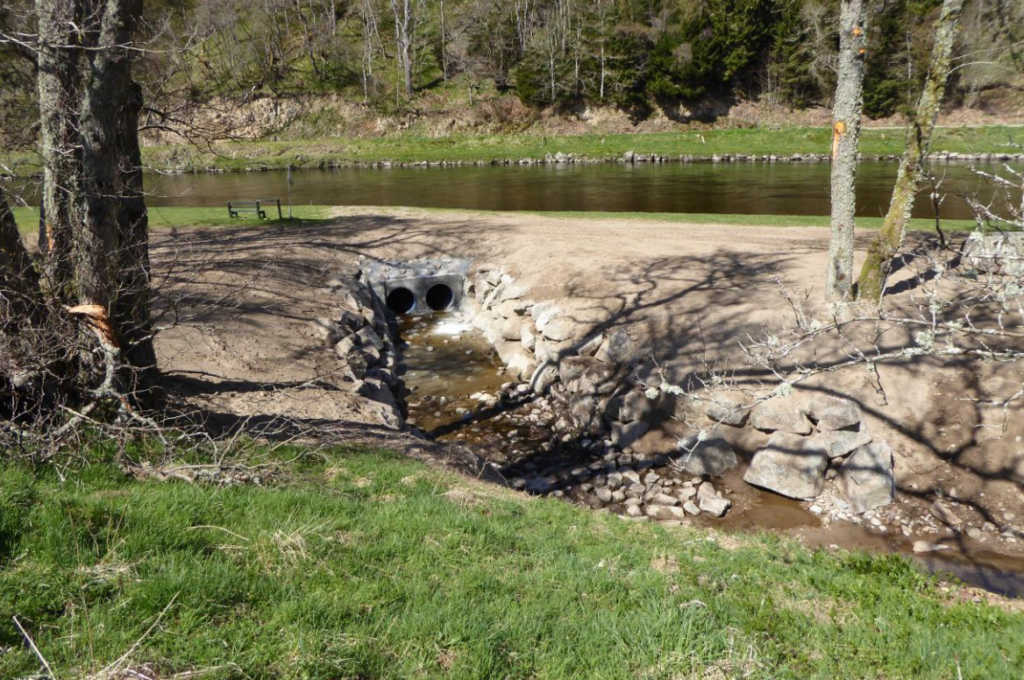
Delagyle Backwater Channel Re-watering
Allt Lorgy River Restoration Project.
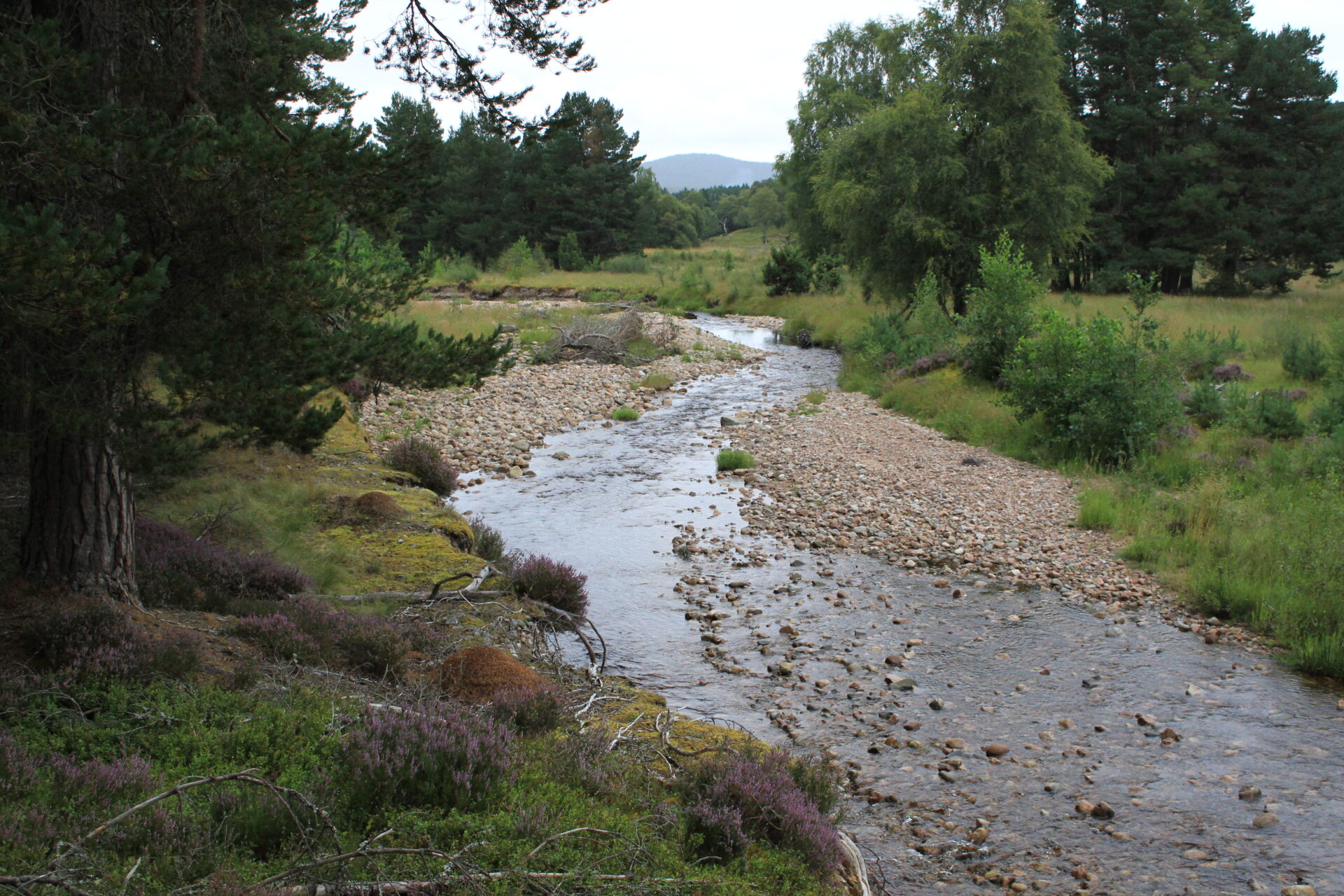
Support our conservation work
There are many projects currently underway or in our plans that will help to enhance the habitat along the River Spey and improve fish passage. But we need your help and support to make these projects happen.
